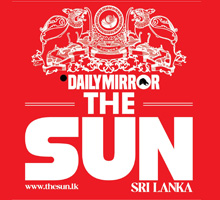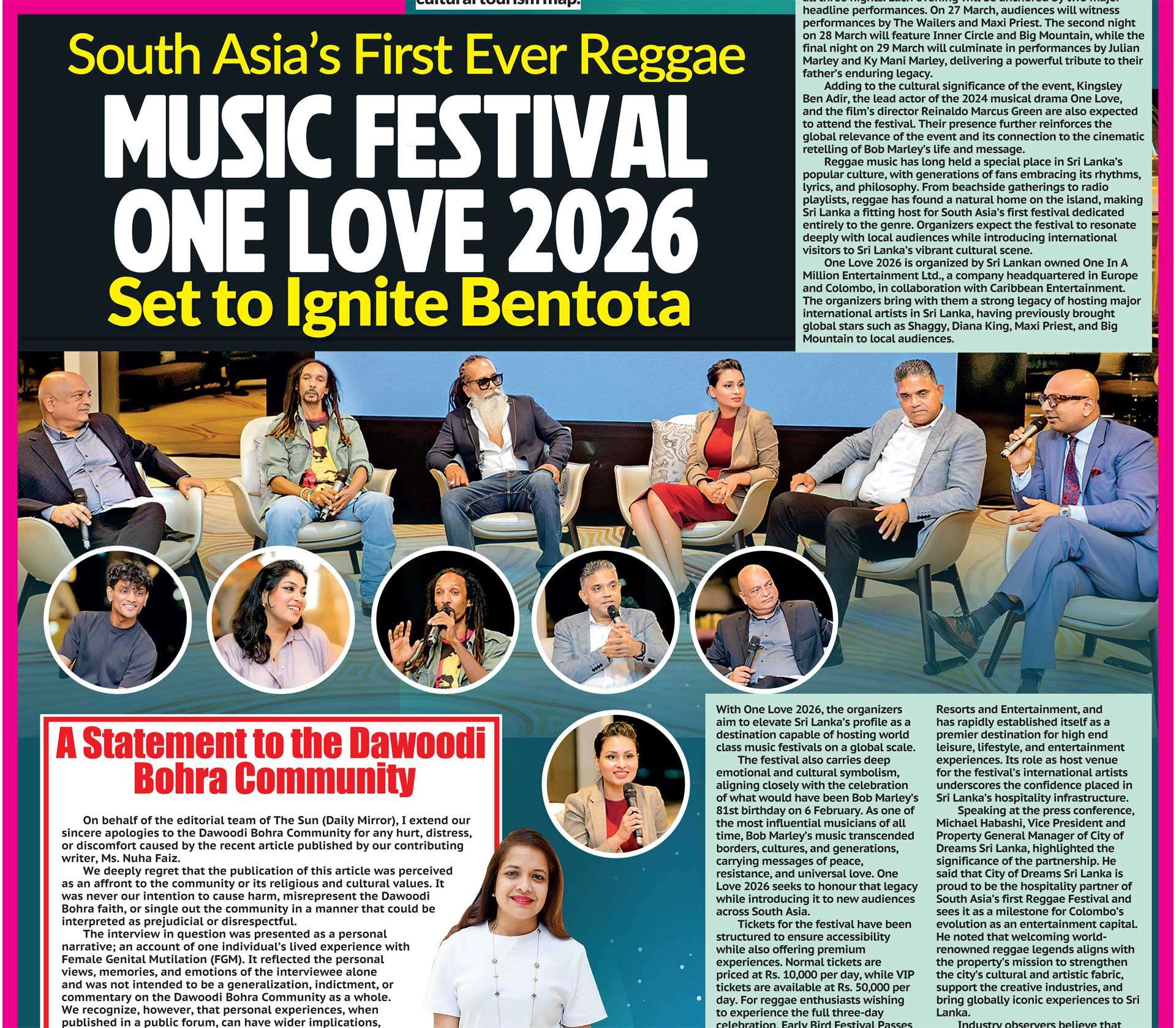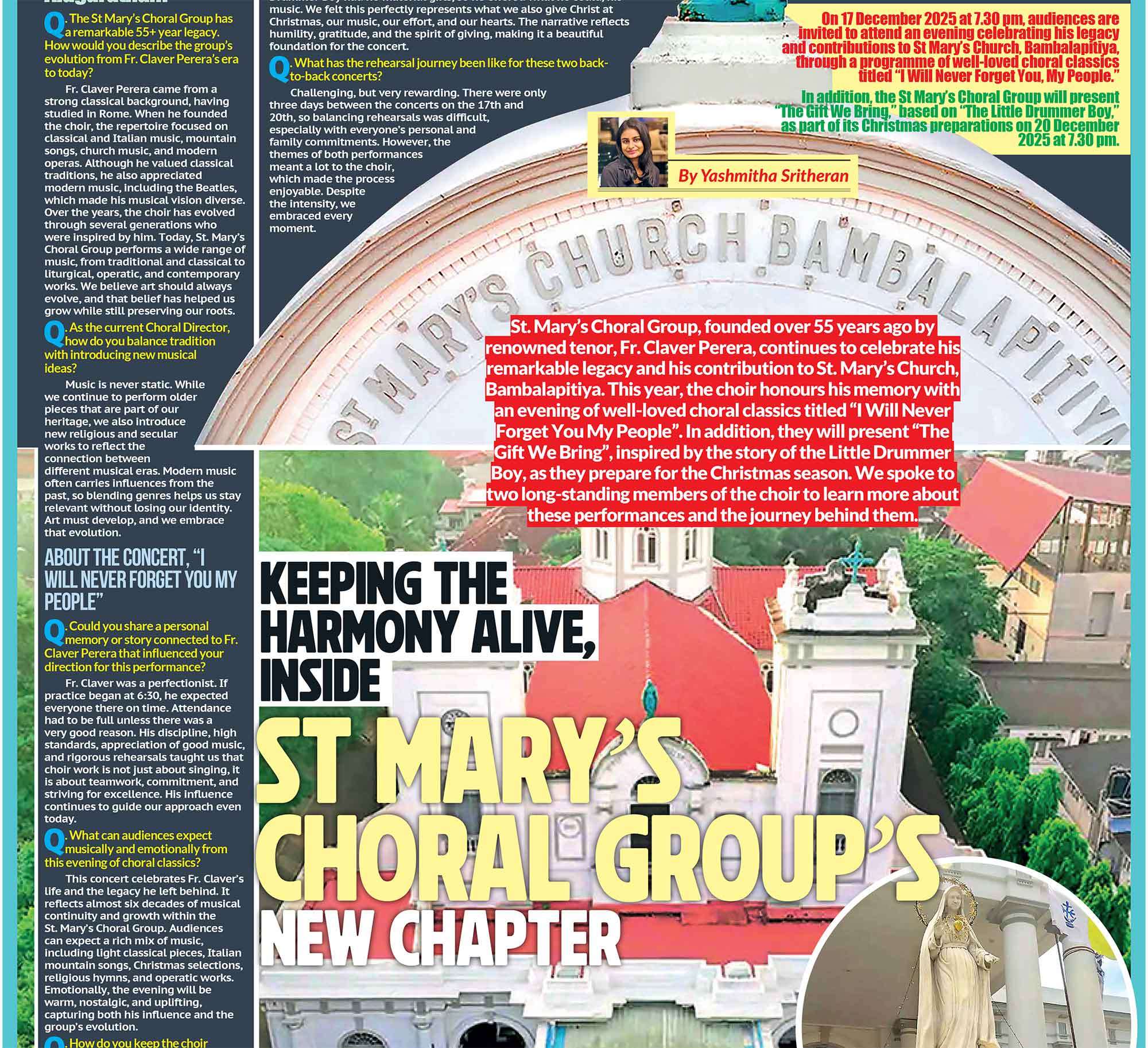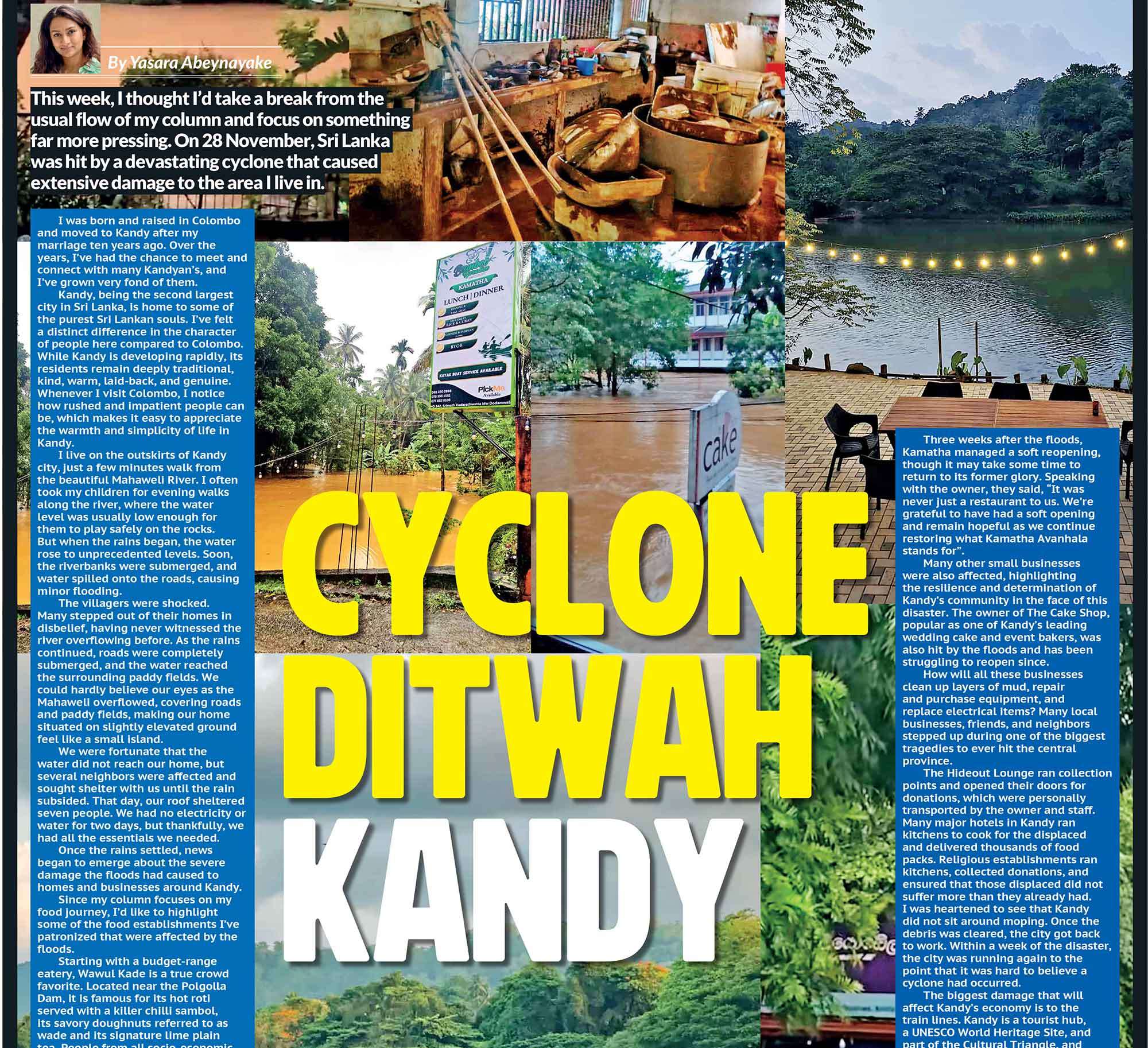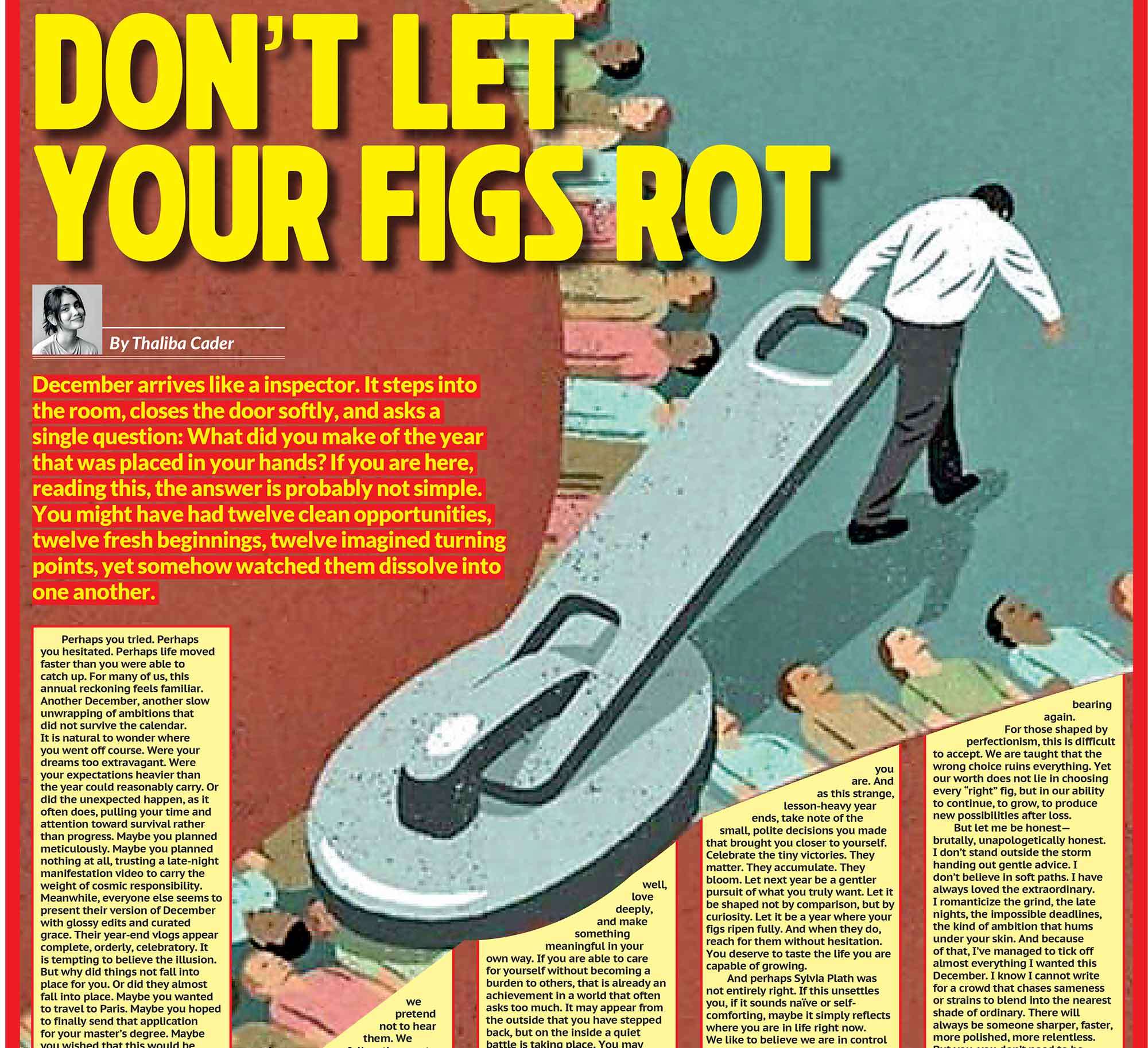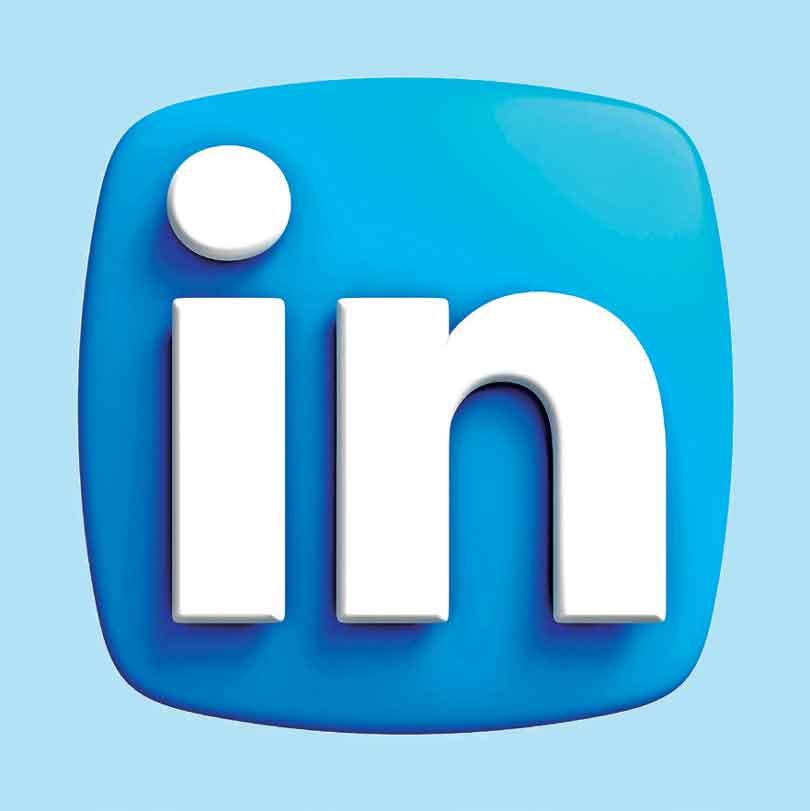
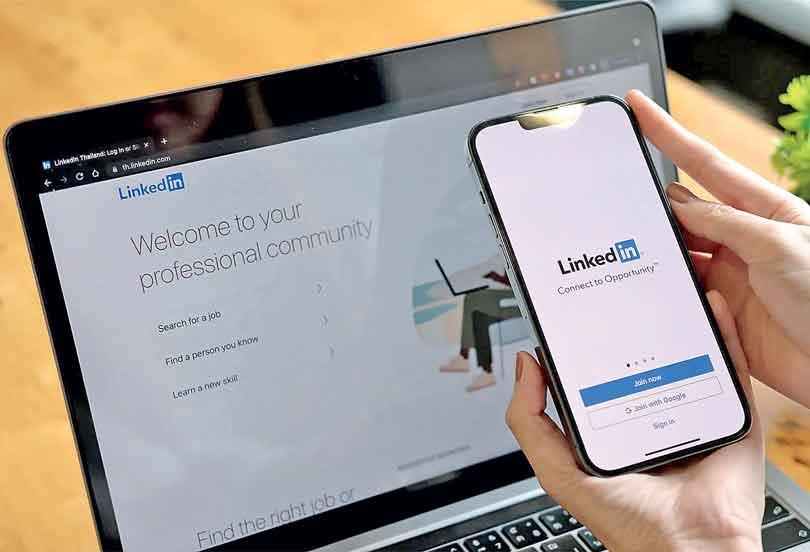
When LinkedIn launched in May 2003, it wasn’t cool. That was, in a way, its entire premise. While MySpace and later Facebook and Instagram filled with parties, selfies, and travel photos, LinkedIn asked for your job title and your qualifications. It wasn’t about your vibe; it was about your CV. Against the colour and chaos of early social media, LinkedIn felt distinctly beige. Two decades later, however, “Connect on LinkedIn?” is as common as “Send me your number.” It is where people are hired, recruited, discovered, and sometimes even made famous. It is where founders announce funding rounds, executives test their leadership voice, employees soft-launch career changes, and entire companies build visibility. What began as a digital address book for professionals has evolved into one of the most influential platforms in the world; economically, socially, and culturally.
SO HOW DID A PLATFORM ONCE DISMISSED AS DULL BECOME INDISPENSABLE?
The first answer is scale. LinkedIn today operates in over 200 countries and territories, with more than a billion members worldwide. That is twice the size of its user base just a decade ago. And that expansion is not confined to the traditional corporate strongholds of the United States and the United Kingdom. The most dramatic surges have come from India, Southeast Asia, Africa, and the Gulf. India, in fact, has become LinkedIn’s second-largest market, and one of its fastest-growing. The platform is no longer a niche tool for white-collar professionals in Silicon Valley. It is global infrastructure for ambition. Ambition is the key word. Unlike Instagram or TikTok, where people perform lifestyle, LinkedIn is the stage for performing potential. It is where individuals signal not just who they are, but who they might become next. In its early years, LinkedIn was a utility: a place you visited only when you needed something, a job, a contact, a reference. Updating your profile felt like updating your smoke alarm: necessary but hardly thrilling. That changed when LinkedIn began to act less like a directory and more like a content platform. It introduced a feed, integrated posts, comments, likes, and reactions, and encouraged professionals to share insights, advice, and reflections. Suddenly, people weren’t just listing their experience; they were narrating it. They were telling stories, sharing lessons, and building audiences. “Five mistakes I made in marketing,” “What I learned in my first year as a founder,” “How to lead through crisis.” These became familiar tropes of the LinkedIn voice. The result was profound. People began checking LinkedIn daily, not just when job-hunting. The platform shifted from a static career archive to a dynamic professional ecosystem.
As users posted more, engagement rose. As engagement rose, visibility increased. Visibility created incentives to build personal brands. And once individuals began cultivating brands, companies, recruiters, and advertisers followed. Careers became social, and LinkedIn became the social network for work. One of LinkedIn’s most underestimated advantages has always been credibility. Social media elsewhere thrives on anonymity and chaos. LinkedIn, by contrast, ties identity to employment, education, and verifiable history. Your name is attached to your company. Your conduct is attached to your career. That traceability changes behaviour. While the tone on LinkedIn is not perfectly polite, there are still occasional meltdowns, it is generally more restrained, more “conference panel” than “comment section.” For brands, investors, and recruiters, that environment feels safe, structured, and serious.
This shift in tone has altered how opportunity itself functions. The traditional job hunt used to be a private exercise: apply, wait, hope. Now, professionals can post an essay on AI ethics, attract 100,000 views, and wake up to recruiters in their inbox. Someone can leave a job and announce they are “open to consulting,” and secure clients within days. LinkedIn turned outbound ambition into inbound opportunity. In an uncertain global economy, that is a radical form of security. At its core, LinkedIn is not just a network; it is a vast talent marketplace and data company. Recruiters use it to search for candidates. Companies use it to advertise roles. Millions of hires every year can be traced to LinkedIn activity, whether through direct job applications, recruiter outreach, or informal networking. Employers pay for that access. The platform has expanded beyond corporate sectors into healthcare, retail, logistics, technology, and education.
That broad reach reflects a deeper evolution in the labour market. Career paths are increasingly non-linear, and LinkedIn offers a narrative structure for those zigzags. A traditional CV might struggle to connect “barista” to “social media manager.” On LinkedIn, it becomes a viral post titled “How working the register taught me brand voice.” The platform lets people frame experience as story, and that storytelling power translates into mobility. LinkedIn’s transformation also rests on its commercial backbone. Its revenue streams come from three primary sources: talent solutions for recruiters, marketing solutions for advertisers, and premium subscriptions such as Sales Navigator or Premium Career. When Microsoft acquired LinkedIn in 2016 for over 26 billion dollars, it wasn’t simply buying a social network. It was buying the professional graph of the world; a live, constantly updating map of global employment and connection. Integrated into Microsoft’s suite of enterprise products, LinkedIn became part of the operating system of modern work. Leaving Instagram costs you your photos; leaving X costs you your opinions. Leaving LinkedIn can cost you deal flow.
The rise of thought leadership cemented LinkedIn’s cultural dominance. A decade ago, the term “thought leader” was often mocked. Today, it is central to the professional internet. LinkedIn allows almost anyone to act as a niche media outlet, publishing insights, commentary, and expertise to targeted audiences. A logistics manager in Manchester can post about supply chain strategy and attract followers across industries and continents. The act of posting, sharing ideas publicly, builds authority. Some users genuinely educate; others lean toward the self-congratulatory. But in every case, attention translates to value.
The platform also benefits from a generational handover. Millennials who grew up online now hold leadership roles and understand the importance of managing reputation. Gen Z, entering the workforce, expects visibility by default. LinkedIn is where those instincts meet, the millennial desire for credibility, and the Gen Z instinct for audience.
At the corporate level, LinkedIn has become a new form of public relations. When companies announce layoffs or restructures, they do so not through internal memos but through carefully worded LinkedIn posts about “difficult but necessary decisions.” These statements serve multiple audiences at once: reassuring investors, comforting remaining staff, and maintaining brand attractiveness for future hires. The comments below, part applause, part outrage, turn corporate messaging into a public performance.
Employees, meanwhile, have discovered their own voice. Workers now use LinkedIn to document burnout, discrimination, or poor management. Such posts can go viral and shape reputations overnight. For the first time, professionals at every level can command visibility. That shift in power dynamics has made transparency a business necessity.
LinkedIn has also expanded into education and commerce. Through LinkedIn Learning, users can take courses in leadership, data analysis, design, or AI literacy, and display credentials directly on their profiles. The loop is seamless: identify the job you want, learn the skills it requires, showcase them in public. Meanwhile, sales and business development professionals have built entire workflows around LinkedIn, using tools like Sales Navigator to identify leads, nurture relationships, and close deals. What once began as networking is now pipeline engineering.
The platform’s global reach has had an even larger cultural impact. For professionals in emerging economies, LinkedIn has opened access to networks once dominated by geography or privilege. A software developer in Colombo can secure a remote contract in Singapore. A designer in Nairobi can collaborate with a startup in Berlin. A cybersecurity expert in Lagos can attract clients in New York without needing a visa. In countries where elite schools or family connections traditionally controlled opportunity, LinkedIn allows competence to speak for itself. The result is a quiet revolution in global mobility.
Of course, the platform is not without flaws. The tone can feel overly curated, with its blend of humblebrags, motivational monologues, and “I was sleeping on a futon three years ago” success stories. Yet even the clichés serve a function. LinkedIn is a stage for socially acceptable self-promotion. Where Instagram rewards beauty and TikTok rewards entertainment, LinkedIn rewards professionalism. It celebrates resilience, optimism, and productivity, the currency of the corporate imagination. This performance of professionalism may seem tiring, but it reflects the realities of contemporary work. In an era where industries shift rapidly and job security feels fragile, maintaining a visible, active, and “hireable” identity online has become essential. The polished post about “what I learned from failure” is not just vanity; it is strategy.
So where does LinkedIn stand today, in late 2025? It is a global directory of more than a billion professionals, a news feed for executives and entrepreneurs, a recruiting engine, a sales tool, a learning hub, and a stage for reputation management. It has become, in effect, the digital infrastructure of white-collar life. That transformation matters because it signals something larger about how identity now works. Our professional selves have migrated online, not just as profiles but as public performances of value. For many people, LinkedIn has become the single most powerful lever they possess to change their income, mobility, and future. LinkedIn never set out to be cool. It set out to be useful. In doing so, it became indispensable.
